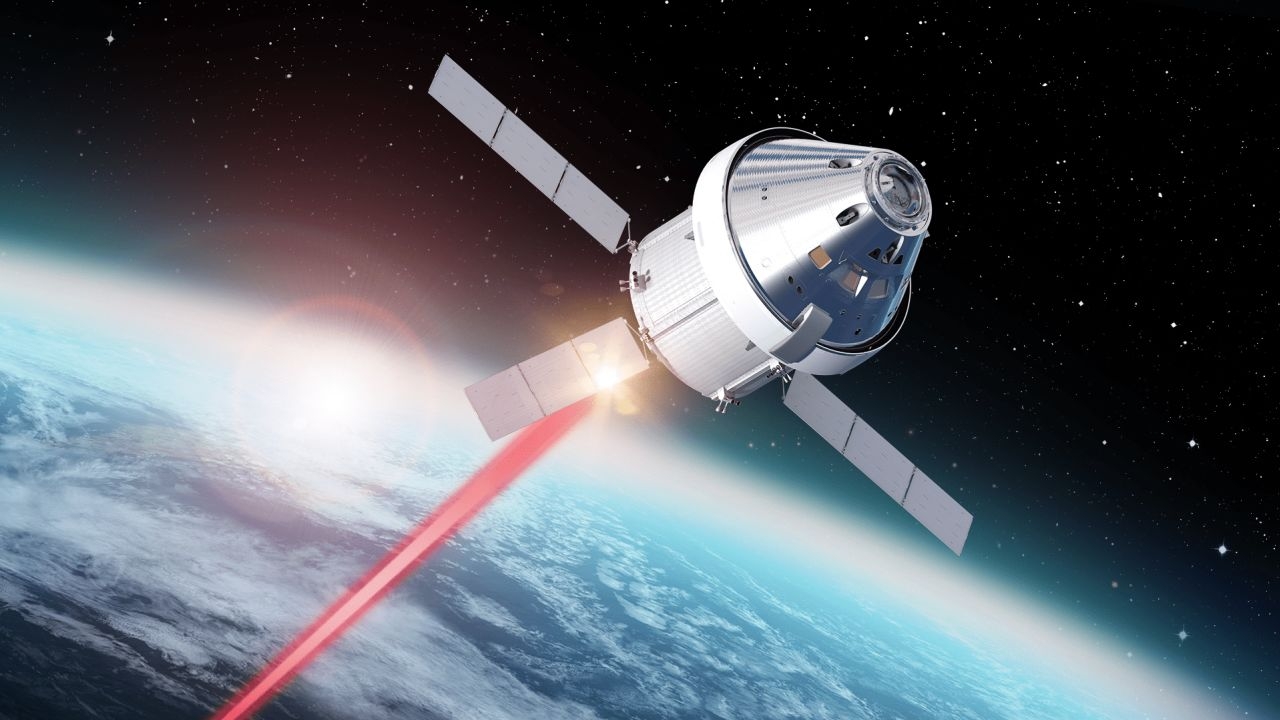As the Artemis II lunar mission gears up for its monumental venture in late 2024, an innovative addition promises to transform the way we observe and study the moon: laser technology. In a historic first, the Orion Artemis II Optical Communications System (O2O) will demonstrate the power of laser communication on a manned lunar flight. This sophisticated system will be able to relay high-definition videos and images of the lunar surface to Earth with a staggering downlink speed of up to 260 megabits per second.
The O2O system is also designed to communicate vital information, including flight plans, voice messages, and other essential data, from the spacecraft to the mission control center on Earth. Its high bandwidth capabilities suggest that it could offer unprecedented real-time visuals of the moon, a significant upgrade from the low-resolution imagery captured during the era of the Apollo missions.
NASA has traditionally used radio waves for all spacecraft communication and data exchange, but lasers have the potential to transmit terabytes of data in one go. Laser communication systems offer several advantages: they are lightweight, secure, and versatile, and can work in tandem with the radio wave technology currently employed by most NASA missions.
Laser communication systems have been under active testing by NASA since the launch of the Laser Communications Relay Demonstration (LCRD) in December 2021. Then, in May 2022, the TeraByte InfraRed Delivery satellite (TBIRD) achieved a record-breaking optical rate of 200 gigabits per second in data downlinks.
This year will see the launch of the Integrated LCRD Low-Earth Orbit User Modem and Amplifier Terminal (ILLUMA-T), furthering laser communication capabilities on the International Space Station. ILLUMA-T will be able to send data to LCRD at a rate of 1.2 gigabits per second. One of the exciting possibilities of the laser system includes its use in future Mars missions, enabling the transmission of ultra-high-definition video from the Martian surface.

The forthcoming Artemis II mission is set to redefine lunar exploration by utilizing laser communications technology to offer unparalleled video footage of the lunar surface. The transition from traditional radio waves to laser beams will provide astronauts with a wealth of data, facilitating more in-depth scientific exploration and research. This mission signifies the dawn of a new age in space communication, broadening our understanding of the cosmos and setting the stage for future space exploration missions. As NASA continues to hone laser communication capabilities, the opportunities for new discoveries and advancements in space technology are boundless.
In conclusion, NASA’s investment in laser communication technology represents a groundbreaking shift with significant implications for the future. As a pioneer in this new age of communication, NASA is collaborating with other government agencies and commercial entities to enhance communication capacities for space exploration and stimulate economic opportunities in this exciting sector.
©world-news.biz
